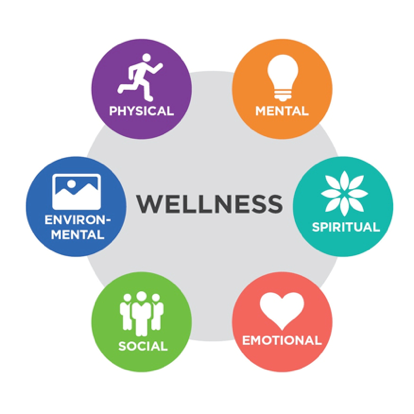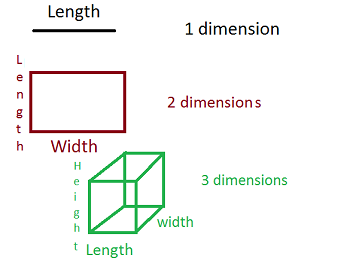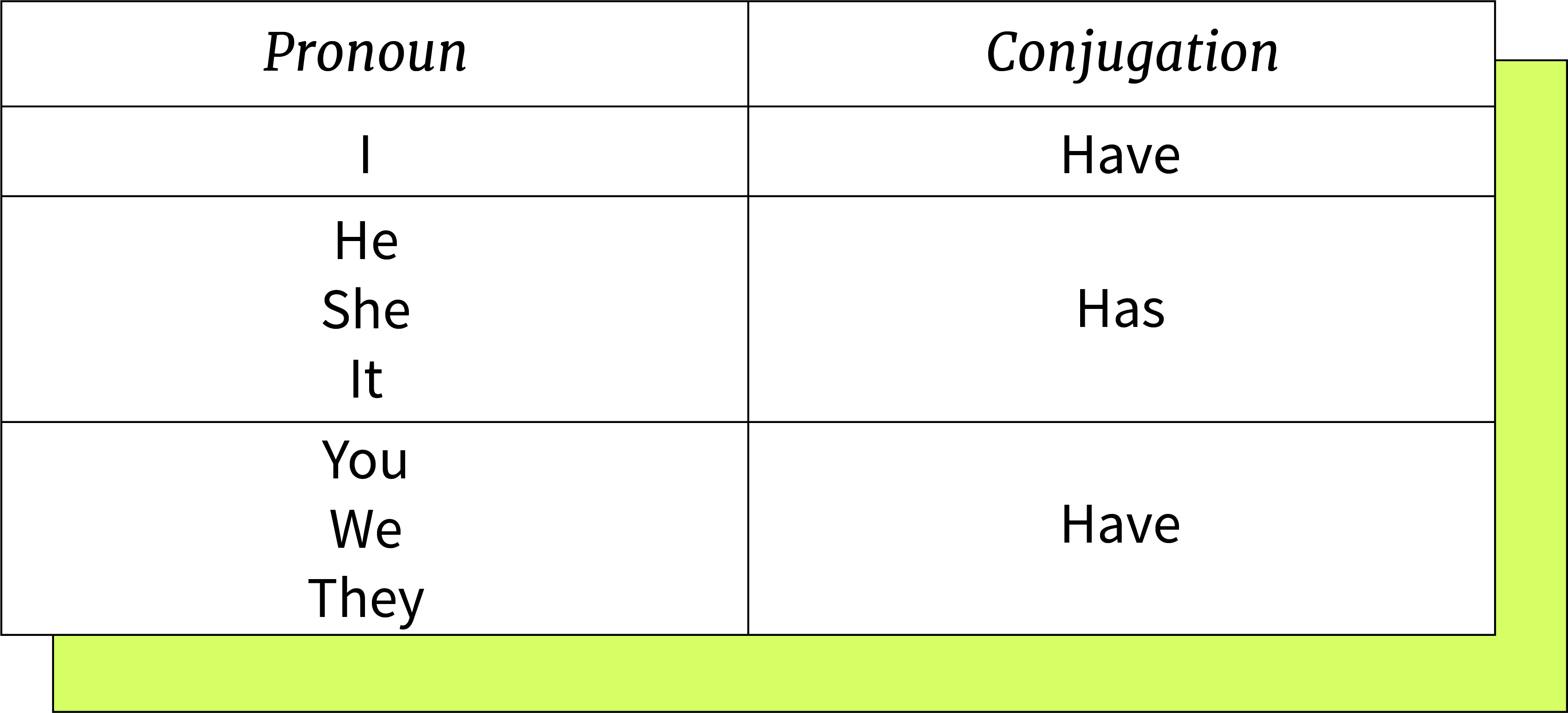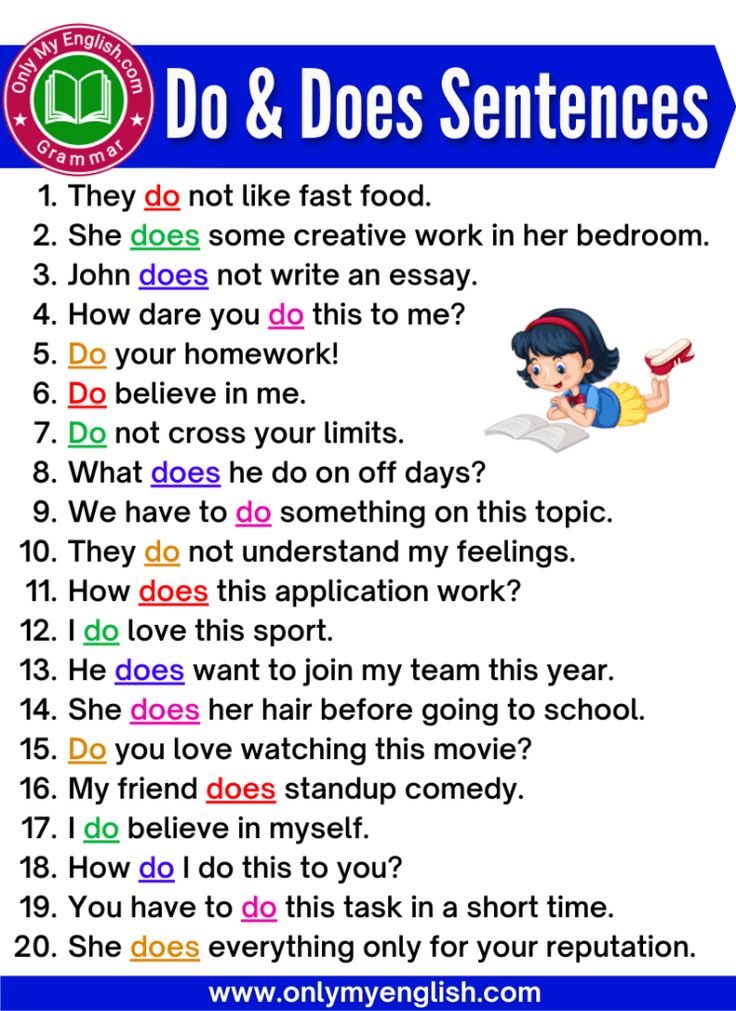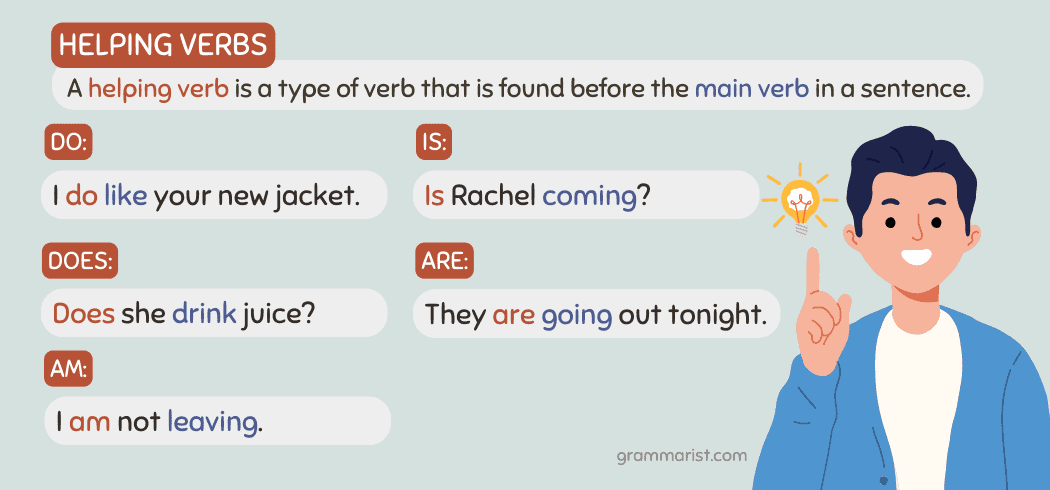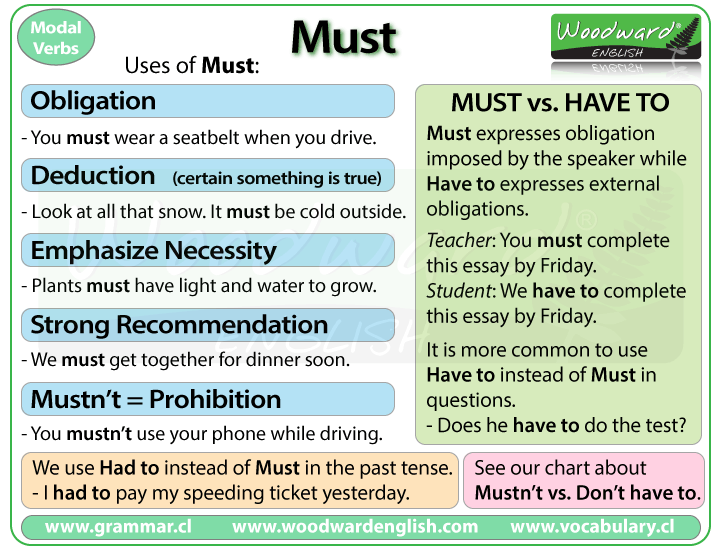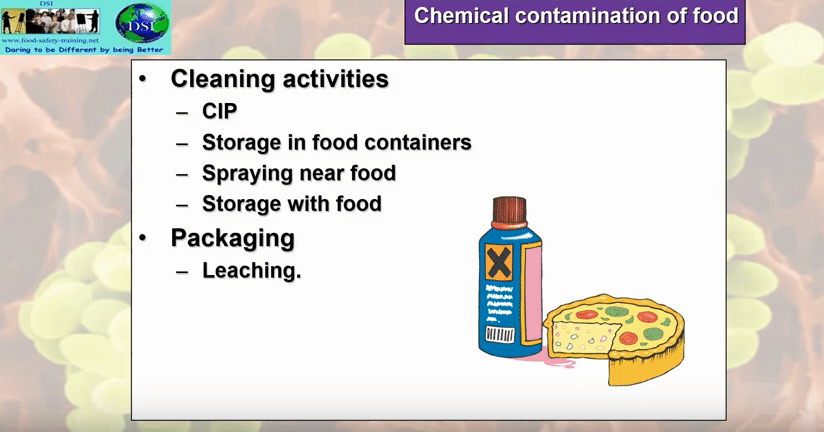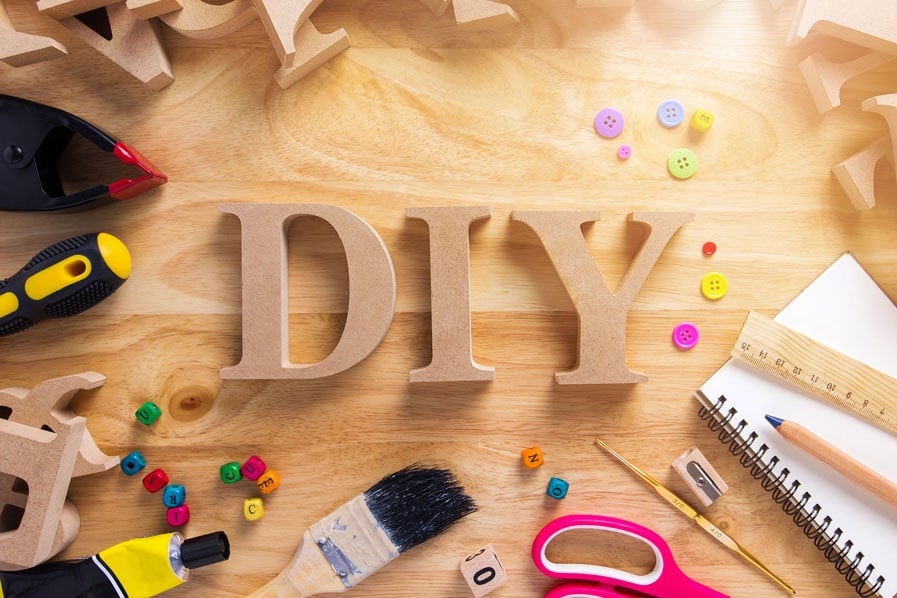What To Do If You Can’t Remove Food From a Tooth Extraction Site: Step-by-Step Guidance and When to Seek Help
Understanding the Challenge: Food Stuck in an Extraction Site
After a tooth extraction, it’s common for food particles to become lodged in the socket or healing site. The natural curve and depth of the socket, especially after wisdom tooth removal, can make it difficult to keep the area clear. While some food debris is often harmless, leaving it in place for extended periods increases the risk of infection and can slow your recovery [4] . Understanding what to do-and what to avoid-can help you heal comfortably and safely.
Why Removing Food Debris Is Important
Food trapped in an extraction site can cause discomfort, bad breath, and may create an environment where bacteria thrive. This can raise the risk of infections, such as dry socket , which is a painful complication where the protective blood clot is lost or disturbed [1] . Signs that trapped food may be causing a problem include persistent pain, swelling, foul odor, or pus. In such cases, professional dental care is critical.
Safe Methods to Remove Food from the Extraction Site
If you’re unable to dislodge food debris with gentle rinsing, don’t panic. There are evidence-based strategies you can try at home, but it’s important to proceed carefully to avoid disturbing the healing tissue or blood clot.
1. Gentle Saltwater Rinses
After the first 24 hours post-extraction, you can begin rinsing your mouth gently with warm saltwater. Dissolve half a teaspoon of salt in a glass of warm water, then tilt your head to let the solution bathe the affected area. Avoid vigorous swishing or spitting, as this can disrupt healing [2] . Repeat this process after meals to help loosen and remove food particles.
2. Syringe or Irrigation Device
Many dental offices provide a curved-tip syringe for gentle irrigation. Fill it with saltwater or a prescribed rinse, and gently flush the socket by aiming the tip at the extraction site. This can effectively clear trapped debris without harming the tissue [4] . Begin this only when your dentist or surgeon advises-typically after the initial 3-5 days of healing.
3. Avoid Unsafe Tools and Actions
Never use toothpicks, cotton swabs, or your fingers to try to dislodge food from the socket. These can introduce bacteria or damage the healing tissue, increasing the risk of infection or dry socket [1] . If gentle rinsing and irrigation do not work, contact your dentist for advice.
When to Seek Professional Dental Care
Most cases of food impaction resolve with home care, but certain situations require prompt dental attention. See your dentist if you experience:

Source: fluency.io
- Persistent, worsening pain or swelling
- Signs of infection: pus, fever, or foul taste
- Difficulty opening your mouth or swallowing
- Continued food impaction despite careful rinsing
Your dentist may perform a professional irrigation to clear the socket and may apply a medicated dressing if there’s evidence of dry socket or infection [3] . If infection is suspected, antibiotics may be prescribed [1] .

Source: dreamstime.com
Step-by-Step Action Plan
Follow these steps if you can’t remove food from the extraction site:
- Wait at least 24 hours after your extraction before attempting any rinsing.
- Start with gentle saltwater rinses after meals; avoid forceful actions.
- Use an irrigation syringe if provided by your dental team, starting only when instructed.
- Continue a soft-food diet for at least the first week to minimize further impaction and support healing [2] .
- Monitor for signs of complications . If symptoms worsen or you cannot clear the food, contact your dentist for professional care.
If you do not have an irrigation syringe or are unsure how to use one, call your dental provider for guidance. Most dental offices are prepared to assist with post-extraction care and can demonstrate proper rinsing techniques.
Tips for Preventing Food from Getting Stuck
Prevention is key to minimizing discomfort and complications during the healing process:
- Stick to soft foods such as yogurt, applesauce, mashed potatoes, scrambled eggs, and soup for the first week [2] .
- Avoid sticky, hard, or crunchy foods that can easily lodge in the socket.
- Do not use straws or smoke , as suction can dislodge the blood clot and impede healing [1] .
- Rinse gently after eating to help remove residual debris.
As your extraction site heals (usually after 7-14 days), you can gradually reintroduce firmer foods. Always follow your dentist’s post-operative instructions for the best results.
Alternative Approaches and Additional Support
If home care measures are not effective, or if you have unique needs (such as special dietary restrictions or medical conditions), speak with your dental provider. They may recommend alternative rinses or schedule an in-office flushing of the site. Some pharmacies carry oral irrigation devices or prescription antimicrobial rinses that may be useful if recommended by your provider.
Key Takeaways
Food getting stuck in a tooth extraction site is a common but manageable issue. Most cases resolve with gentle at-home rinses and proper diet adjustments. Avoiding the use of sharp or unsterile objects is critical for preventing infections and dry socket. Persistent problems or signs of infection require prompt dental attention. If you have questions about post-extraction care, your dentist is the best source of guidance and support.
References
- [1] BLVD Dentistry & Orthodontics (2024). Common Complications After Tooth Extraction: Infection After Tooth Removal.
- [2] Young Dental SF Group (2024). 50 Soft Foods to Eat After Tooth Extraction.
- [3] Mayo Clinic (2023). Dry Socket: Diagnosis and Treatment.
- [4] My Dental Clinic (2023). How to Remove Food Stuck in Wisdom Tooth Hole After 3 Weeks.
MORE FROM eboxgo.com
